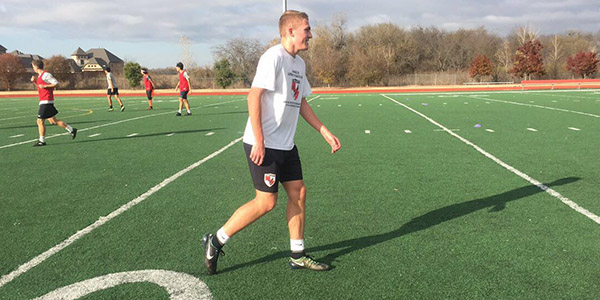Opinion: don’t hesitate with head injuries

Taking a fall in a club soccer practice, guest columnist Cole Engelbrecht writes that an injury to the head may seem minor but getting it looked at is something that needs to be done.
December 12, 2016
Waking up the morning after I fell on the back of my head at club soccer the pervious night, something seemed very wrong. Getting out of my bed with some blurred vision and aches in my head, I knew what was wrong. The experience was weird and was nothing like I had encountered all my life as I had a headache, pressure in the head, blurry vision, difficulty concentrating and dizziness.
The symptoms led to a possible diagnosis of a concussion and a trip to my doctor soon verified this. Unfortunately I am not alone in suffering this medical malady as concussion numbers are increasing at an alarming rate and have become a topic of major attention in recent years with the state of Texas embarking this week on the nation’s biggest inquiry into brain injuries among youth.
Since 2010, athletes in the 10 to 19-year-old range have seen a 71 percent increase in sports related concussions with people in this age range five times more likely to be diagnosed with a concussion than all other age groups combined. On top of this, boys are twice as likely as girls to get a concussion.
On a personal level, throughout the three to four week period of suffering from a concussion, many activities that I normally do seemed to be a lot more difficult. While my concussion was deemed mild, I still had to be out of soccer with big precautions and changes in my daily activity as I wasn’t allowed to run or workout.
From restrictions on screen time to limits on my participation in soccer, concussions are painful in many ways. And while mine was relatively minor and the process to get back to playing was long, it was worth it as brain injuries are more important than a few games here and there.
Visiting the doctor or seeing the athletic trainers doesn’t hurt and it can be the safest and most careful way to recover from an injury that is still being studied.







